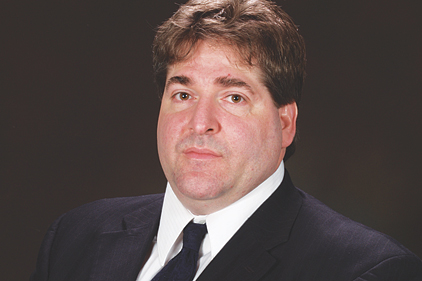Technicians should always make safety a top priority when working on any refrigeration system. Always take the time to work safely. Many careless injuries are the result of rushing to complete a task and not taking the necessary time to do it right. One safety hazard often overlooked by technicians is the mishandling or abusing  of common hand tools. These basic tools can lead to some serious injuries.
of common hand tools. These basic tools can lead to some serious injuries.
Take the extra time to keep your hand tools clean and in good operational condition. Avoid using a tool that is damaged or in need of repair. For example, a screwdriver with a worn tip will not seat well on the screw and is more likely to slip off the screw. A worn wrench is more likely to slip off a nut. Worn cutting pliers take more force to cut and can lead to a hand injury.
Always use the right tool for the job and always use a tool for the purpose for which it was originally designed. A screwdriver is a screwdriver—not a chisel. Don’t use a screwdriver for prying, punching, chiseling, scoring, or scraping. Don’t use a screwdriver near live wires or for electrical testing. Use a screw-holding screwdriver to get screws started in awkward or hard-to-reach areas. And, of course, do not hold the work in one hand while using the screwdriver with the other.
Remember, pliers are pliers, not hammers. Never extend the length of the handles for better leverage. Ordinary plastic-dipped handles are designed for comfort and not to prevent an electrical shock. Never depend on an insulated tool to protect you from the effects of electricity. Always wear safety glasses when cutting wire and other similar material.
When working with wrenches, never use a pipe extension or other form of “cheater” to increase the leverage. Select a wrench with an opening that exactly fits the nut. If possible, always pull on the wrench handle. Never cock an open-ended wrench. Make sure it is fully seated. Adjustable wrenches should be tightly adjusted to the nut and pulled so that the force is on the fixed jaw.
When working with knives, it is better to push rather than pull. Always carry your knife with the blade closed or in its sheath. Do not use a standard knife to chop or strike objects to cut them. If the blade of your knife does not lock in the open position, do not put pressure on the blade in a direction that might cause it to close on your fingers. Always ask yourself “If my knife accidentally slips, where will it go?” If the answer is “toward me or someone else’s body,” then change your position.
Most hand-tool injuries can be avoided by safely using the right tool for the job. And remember: Always take the extra time necessary to work smart and work safely. Many careless injuries can be avoided by taking the time needed to do it right the first time.
Publication date: 2/11/2013



Report Abusive Comment